Achieving sub-percent precision in lattice QCD computations of physical observables requires the inclusion of the isospin-breaking (IB) effects due to the electromagnetic interactions of quarks and the light quark mass difference. These corrections are commonly included in lattice computations à la RM123, by perturbatively expanding the observables around the isospin-symmetric theory and computing the corrections order by order in the IB parameters. An alternative approach consists of simulating directly the joint QCD+QED probability distribution, which necessitates a consistent finite-volume formulation of QED.
In this talk, I will present the first-ever comparison of the two approaches, including the sea-quark effects on both sides. In our study, we compute the $U$-spin window contribution to $a^{HVP}_\mu$ in QCD+QED with $N_f=1+2+1$ quark flavours and C* boundary conditions using both approaches. We compare the predictions and their uncertainties at fixed lattice spacing and lattice volume, and at a pion mass of 400 MeV. Our results indicate that, given a fixed number of samples, the dynamical QCD+QED simulations can be advantageous from the point of view of the statistical uncertainty.
Tuesday
28 Oct/25
16:00
-
18:00
(Europe/Zurich)
